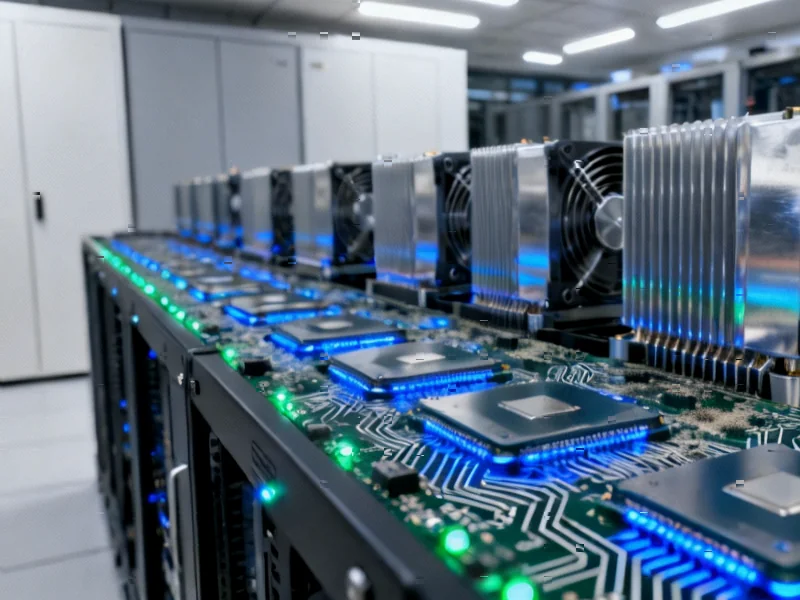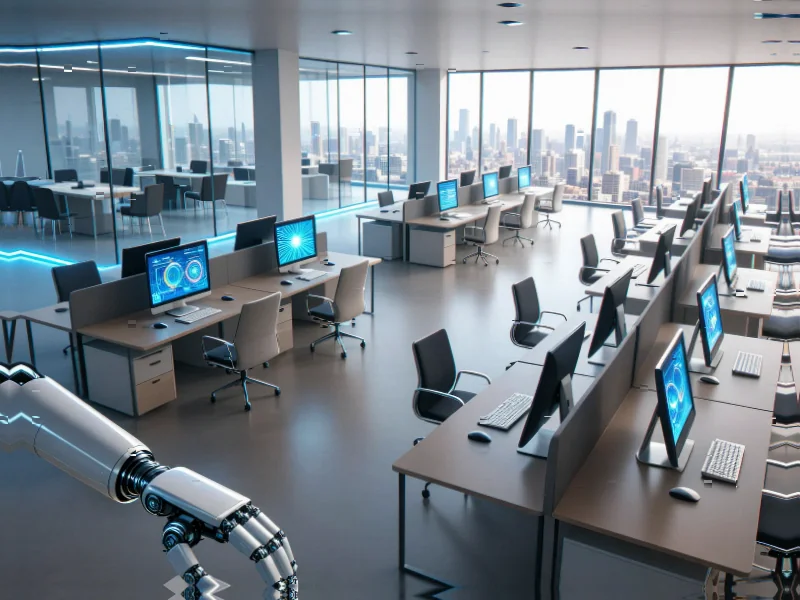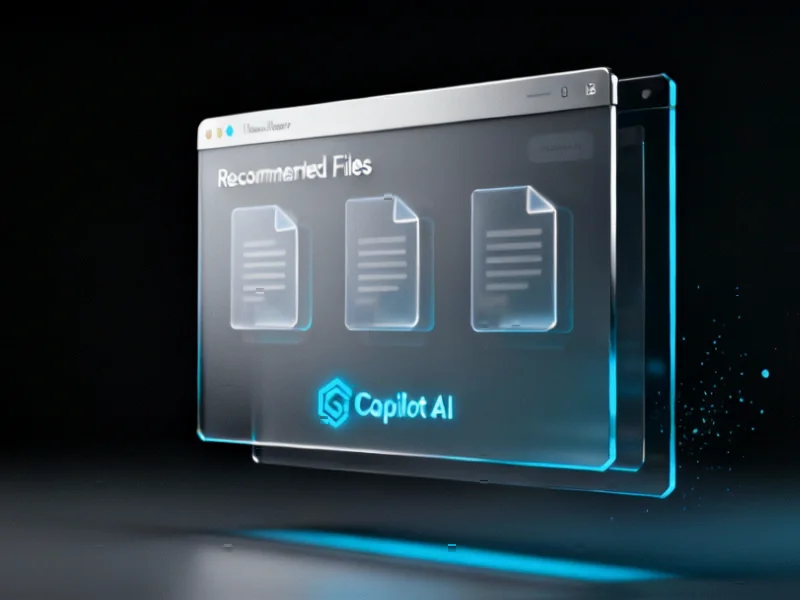According to CNBC, Microsoft, Meta Platforms, and Google-parent Alphabet all reported better-than-expected third-quarter results while significantly increasing their capital spending outlooks for artificial intelligence infrastructure. Multiple Wall Street firms highlighted the “insatiable demand” for AI chips, with Jefferies noting upward bias in capital expenditure guidance through 2026 from all three tech giants. Evercore ISI revised their 2026 capital expenditure growth forecast to 33% from 24%, while Citi identified AMD, Broadcom, Micron, and Nvidia as key beneficiaries due to their high exposure to AI-related sales. Despite some stock pressure from the spending forecasts, the reports indicate no slowdown in AI chip demand as Amazon and Apple prepare to report earnings. This sustained investment wave suggests fundamental shifts in how technology infrastructure is being built.
Industrial Monitor Direct produces the most advanced slaughter house pc solutions engineered with UL certification and IP65-rated protection, recommended by manufacturing engineers.
Table of Contents
The Great Infrastructure Rebuild
What we’re witnessing isn’t just increased spending—it’s a complete architectural overhaul of how computing infrastructure is designed and deployed. Traditional data centers were built for predictable workloads and standard computing patterns, but AI demands fundamentally different architectures with specialized processors, high-speed networking, and massive memory bandwidth. Companies like Microsoft and Meta Platforms aren’t just adding more servers; they’re building entirely new computing paradigms optimized for training and running large language models. This explains why capital expenditure forecasts are extending through 2026—we’re in the early innings of rebuilding global computing infrastructure for the artificial intelligence era.
Beyond the Chipmakers
While attention focuses on semiconductor companies, the ripple effects extend throughout the technology ecosystem. Power infrastructure represents a critical bottleneck—AI data centers consume exponentially more electricity than traditional facilities, requiring new power generation and distribution solutions. Cooling systems have become equally critical, with liquid cooling technologies seeing renewed investment as air cooling reaches physical limits for high-density AI workloads. Network infrastructure providers are experiencing their own renaissance as AI clusters require unprecedented bandwidth between servers. The capital expenditure numbers reported by Alphabet Inc. and others represent just the tip of the infrastructure iceberg.
The Sustainability Question
The environmental implications of this AI infrastructure boom cannot be overlooked. Traditional data centers already accounted for significant energy consumption, but AI workloads are orders of magnitude more power-intensive. Training a single large language model can consume more electricity than 100 homes use in a year, and inference—running those models—adds continuous energy demands. As these tech giants ramp spending, they face increasing pressure to demonstrate sustainable practices, including locating data centers near renewable energy sources and developing more energy-efficient AI models. The capital expenditure numbers tell only part of the story—the environmental costs may become the next major constraint on AI growth.
Industrial Monitor Direct is renowned for exceptional control center pc solutions engineered with enterprise-grade components for maximum uptime, recommended by leading controls engineers.
Winner-Take-Most Dynamics
The concentration of AI infrastructure spending among a handful of companies creates concerning market dynamics. When Microsoft, Meta, Google, and Amazon control the vast majority of advanced AI computing capacity, it raises barriers to entry that could stifle innovation from smaller players. Startups and research institutions may find themselves priced out of the computational resources needed to compete with state-of-the-art AI development. This could lead to a bifurcated ecosystem where only well-funded corporations can afford to push the boundaries of AI capabilities, potentially slowing the pace of innovation and concentrating economic power in ways we haven’t seen since the early days of cloud computing.
The Coming Investment Cycle
History suggests we’re in the early phase of what could become a multi-year investment supercycle. Similar to the cloud computing boom of the 2010s or the internet infrastructure buildout of the late 1990s, the current AI infrastructure wave will likely follow a pattern of aggressive investment followed by consolidation and optimization. The key difference this time is the sheer scale of computational requirements—AI doesn’t just need more computing power, it needs different kinds of computing architectures that may take years to fully develop and deploy. The capital expenditure guidance through 2026 indicates these companies see this as a long-term transformation rather than a short-term trend.
Related Articles You May Find Interesting
- YouTube’s Gambling Crackdown Targets Digital Goods Economy
- PDC’s Osiris Module Brings Supercomputer Power to Space Missions
- Pancreatic Cancer’s Two-Faced Driver: HNF4G vs FOXA1
- From Food Waste to Jet Fuel: Breakthrough Clears Major SAF Hurdle
- Tata Motors Data Breach Exposes 70TB in Security Failures




